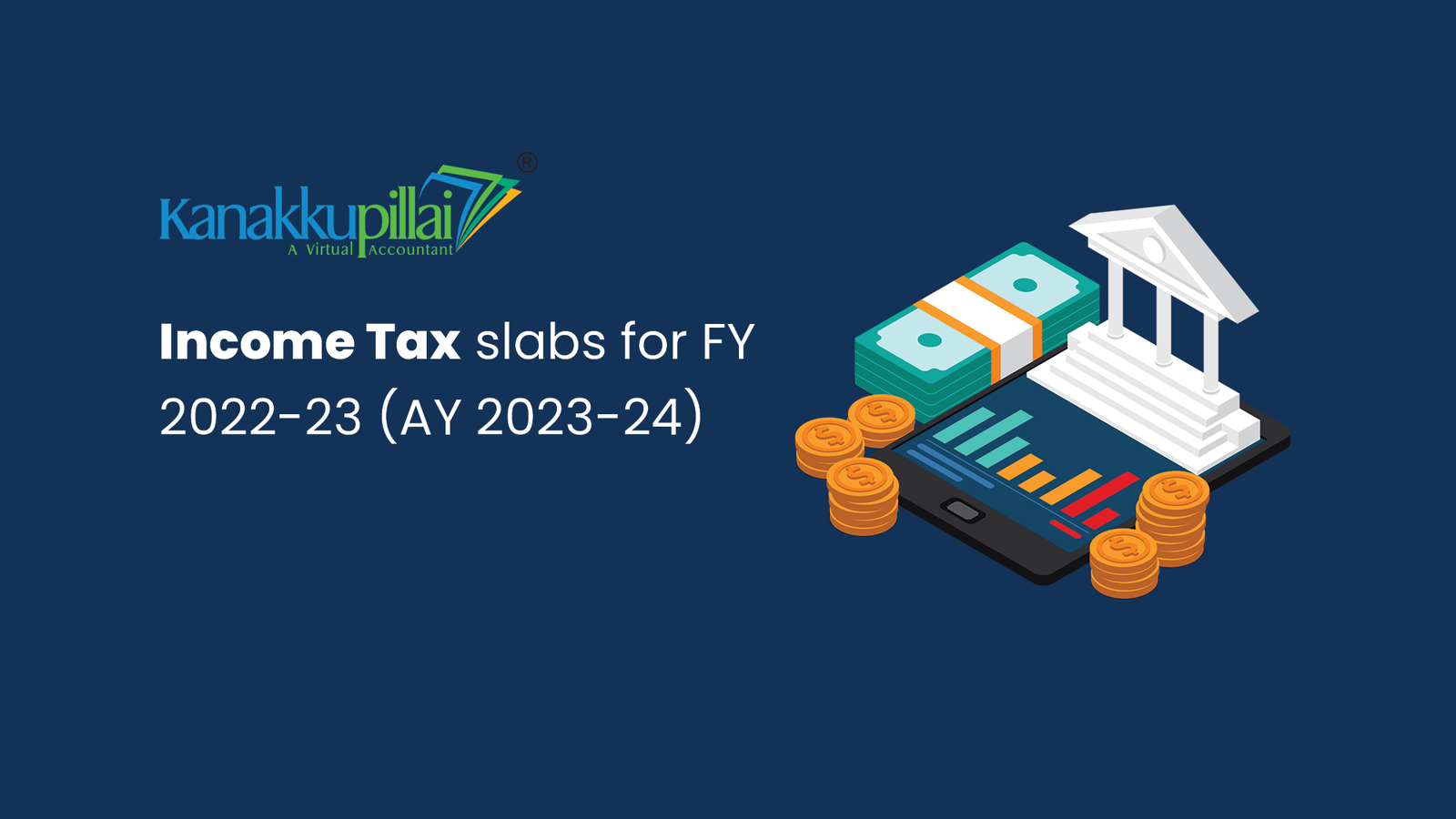Individual Indian taxpayers pay income tax using a slab structure. A slab system specifies different tax rates for various income groups. It indicates that if the taxpayer’s income rises, so does their tax rate. This taxation allows the government to have progressive and equitable tax systems. For every budget, such income tax slabs are likely to alter. Various groups of taxpayers have different slab rates. There are three categories of individual taxpayers:
- Individuals (under 60), both residents and NRIs
- Local senior citizens (60 to 80 years of age)
- Citizens who are super seniors (aged more than 80 years)
Slab Rates for Fiscal Year 2021-22 (AY 2022-23)
Why is the new tax regime optional for the fiscal year 2021-22 (AY 2022-23)?
In this new regime, taxpayers can pay income tax at reduced rates under the New Tax system in exchange for preceding some permissible exemptions and deductions available under income tax or paying taxes at current rates.
The assessee can get rebates and exemptions by continuing in the previous regime and paying higher taxes.
Income Tax Slab |
New Income Tax Slab Rates in the FY 2021-22 (AY 2022-23) (Applicable for All Individuals & HUF) |
| Rs 0.0 – Rs 2.5 lakh | NIL |
| Rs 2.5 lakh – Rs 3.00 lakh | 5% (tax rebate u/s 87a is available) |
| Rs 5.00 lakh- Rs 7.5 lakh | 10% |
| Rs 7.5 lakh – Rs 10.00 lakh | 15% |
| Rs 10.00 lakhs – Rs 12.50 lakh | 20% |
| Rs 12.5 lakhs – Rs 15.00 lakh | 25% |
| > Rs 15 lakh | 30% |
Note: Individual people and HUF under 60 years of age, senior citizens between 60 and 80 years of age, and very elderly people above 80 years of age all pay the same tax rates under the new tax regime. This will result in no enhanced primary exemption limit advantage for aged and super elderly individuals in the New Tax regime.
- Individuals with taxable income of less than or equal to Rs 5 lakh are entitled to tax relief under Section 87A. i.e., an individual’s tax burden will be zero in both the new and old/existing tax systems.
- NRIs have a basic exemption ceiling of Rs 2.5 lakh, regardless of age.
- In all cases, an additional 4% Health and Education Cess will be added to the income tax liability. (increased from 3% in FY 18-19 to 4% in FY 19-20)
- Surcharges apply according to the tax rates listed below in all of the categories listed above:
- For total income exceeding Rs.50 lakh, you have to pay 10% income tax.
- For total income exceeding Rs.1 crore, you have to pay 15% income tax.
- For total income exceeding Rs.2 crore, you have to pay 25% income tax.
- For total income exceeding Rs.5 crore, you have to pay 37% income tax.
Nirmala Sitharaman, the Finance Minister, delivered the Union Budget 2022-23 in Parliament today (February 1, 2021). According to the Finance Minister, personal income tax slabs and rates will remain unchanged. Thus, regardless of the tax regime chosen for FY 2022-23, an individual taxpayer will continue to pay the same tax rate if the income tax rates and slabs remain unchanged.
Individual salaried taxpayers will have the option to continue with the old tax regime and take advantage of deductions/tax exemptions such as section 80C, 80D, HRA, and LTA tax exemptions or to choose the new tax system and forego approximately 70 deductions and tax exemptions beginning April 1, 2020. Compared to the old tax regime, the new tax regime has reduced tax rates.
Furthermore, under both regimes, an individual taxpayer is eligible for a tax credit of up to Rs 12,500 following section 87A under the Income-tax Act, 1961.
However, she did recommend that the tax deduction maximum for both central and state government employees be doubled from 10% to 14%. She claims that the action will enable state government employees to receive equal social security benefits as federal government employees.
The Finance Minister also suggested that the corporate charge be reduced and that any virtual digital asset transaction be taxed at 30%. “The corporate surcharge to be cut from 12% to 7%,” I suggest that any income generated from any virtual digital asset transfer be taxed at a rate of 30%. In computing such income, no deduction for any expenditure or allowance must be granted, except for the cost of purchase,” she declared in her Budget 2022 speech.
Using the budget proposing a 30% tax on virtual assets, Sitharaman stated that it cannot be used to replace other sources of income and that a 1% TDS will be paid on payments made with digital assets to maintain track of transactions.
“To allow taxpayers to correct errors, they can now file a revised return during two years of the specific assessment year…Digital rupee to be issued utilising blockchain and other technologies; to be issued by RBI from 2022-23,” she continued. “This will significantly help the economy.”
The Finance Minister also announced tax assistance for those with disabilities. She stated that parents or guardians could obtain insurance for their disabled children. She also said that payments of annuities or lump sums for disabled dependents would be exempted during their lifetime.





